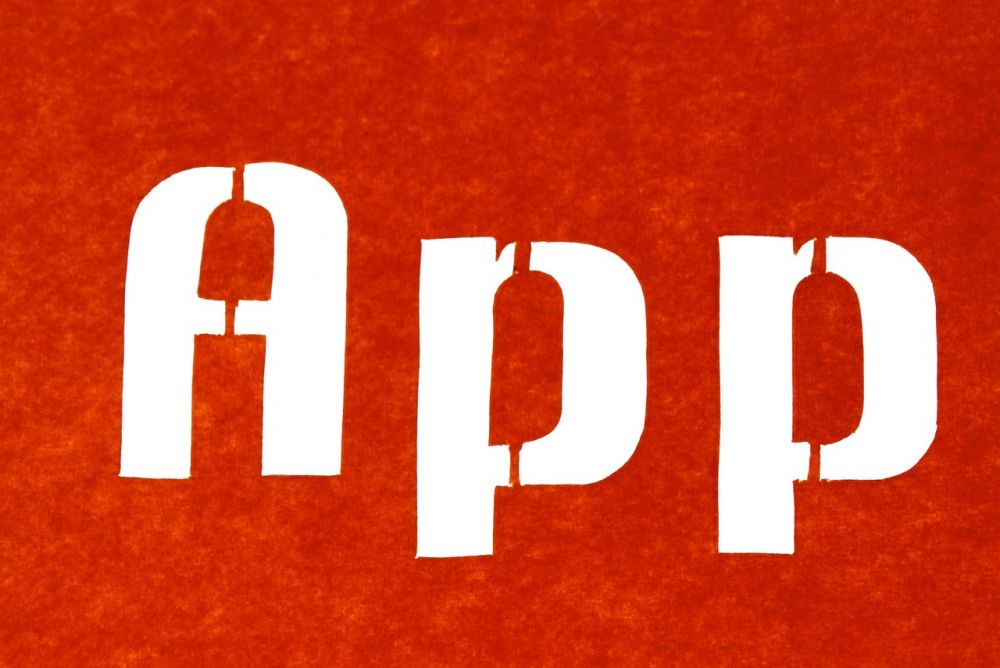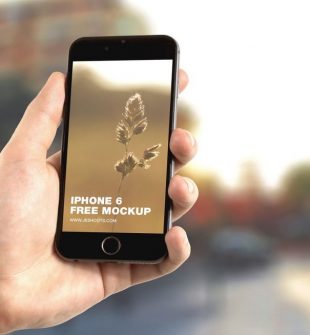Podcast App: Revolutionizing the Way We Consume Audio Content

Introduction
In today’s digital era, audio content has experienced a massive surge in popularity, and podcasting has emerged as one of the most captivating and convenient mediums for accessing a wide range of topics. With the growing demand for podcasting, the development of podcast apps has played a crucial role in revolutionizing the way we consume audio content. In this article, we will delve into the world of podcast apps, exploring their importance and providing essential information for individuals interested in this realm.
What is a Podcast App?

A podcast app is a mobile or web-based application that allows users to access, discover, subscribe to, and listen to podcasts. These apps provide a user-friendly interface, making it easier for listeners to explore a vast library of podcasts across different genres. With the ability to stream or download episodes, users can enjoy their favorite shows at their convenience, whether during a daily commute or while relaxing at home.
Key Features to Look for in a Podcast App
When considering a podcast app, several essential features can enhance the listening experience:
1. User-Friendly Interface: An intuitive and well-designed interface ensures easy navigation, making it effortless to discover new podcasts, subscribe to favorites, and manage playlists.
2. Podcast Discovery: A comprehensive search function and effective recommendation system allow users to explore a vast library of podcasts based on their interests, popularity, and relevance.
3. Subscription Management: The ability to subscribe and organize podcasts ensures a seamless listening experience, with new episodes automatically added to the user’s library.
4. Offline Listening: Podcast apps with offline listening capabilities enable users to download episodes and enjoy them when an internet connection is not available, saving data and providing uninterrupted listening.
5. Customization and Personalization: Advanced features that offer adjustable playback speeds, sleep timers, and customizable themes allow users to tailor their podcasting experience to their preferences.
6. Cross-Platform Compatibility: Podcast apps that work seamlessly across various devices and operating systems ensure accessibility and convenience for users.
The Evolution of Podcast Apps
The origins of podcasts can be traced back to the early 2000s when the term was coined by combining “iPod” and “broadcast.” Initially, podcasts were manually downloaded and transferred to portable media devices. However, with the advent of smartphones, developers recognized the need for dedicated apps that would simplify podcast consumption.
Early podcast apps, such as Instacast and Stitcher, emerged in the late 2000s, providing users with basic features like subscription management and episode downloads. These apps primarily focused on delivering audio content without the bells and whistles associated with more modern features.
The development of Apple’s Podcasts app in 2012 marked a significant milestone. As iPhone sales skyrocketed, so did the popularity of podcasts, and Apple’s built-in app made podcast consumption more mainstream. This resulted in an exponential growth spurt for the podcasting industry, with content creators and listeners alike turning to dedicated podcast apps.
Since then, numerous podcast apps have flooded the market, each striving to offer unique features, enhanced user experiences, and improved discoverability. Notable players in this space include Spotify, Google Podcasts, Overcast, and Pocket Casts. These apps have embraced innovations such as curated playlists, personalized recommendations, and exclusive content, contributing to the ongoing evolution of podcasting.
: Do you want to learn more about the evolution of podcast apps? Watch our informative video now!]
Structuring the Text for Featured Snippets
To increase the likelihood of being showcased as a featured snippet on Google search results, the following structure will be implemented:
Introduction
What is a Podcast App?
– Bulletpoints highlighting key features to look for in a podcast app
The Evolution of Podcast Apps
– Historical development of podcast apps and their impact on the podcasting industry
[INSERT VIDEO HERE]
Structuring the Text for Featured Snippets
– Explanation of the text structure designed for featured snippet prominence
Conclusion
As the popularity of podcasts continues to soar, podcast apps have become an essential tool for millions of individuals seeking audio content tailored to their interests. With their diverse array of features, user-friendly interfaces, and constant evolution, podcast apps have revolutionized the way we consume audio content. Regardless of whether you are a tech enthusiast or a casual listener, exploring the world of podcast apps opens up an entire universe of knowledge and entertainment at your fingertips. So, grab your smartphone, download a podcast app, and embark on a journey of audio enlightenment!





